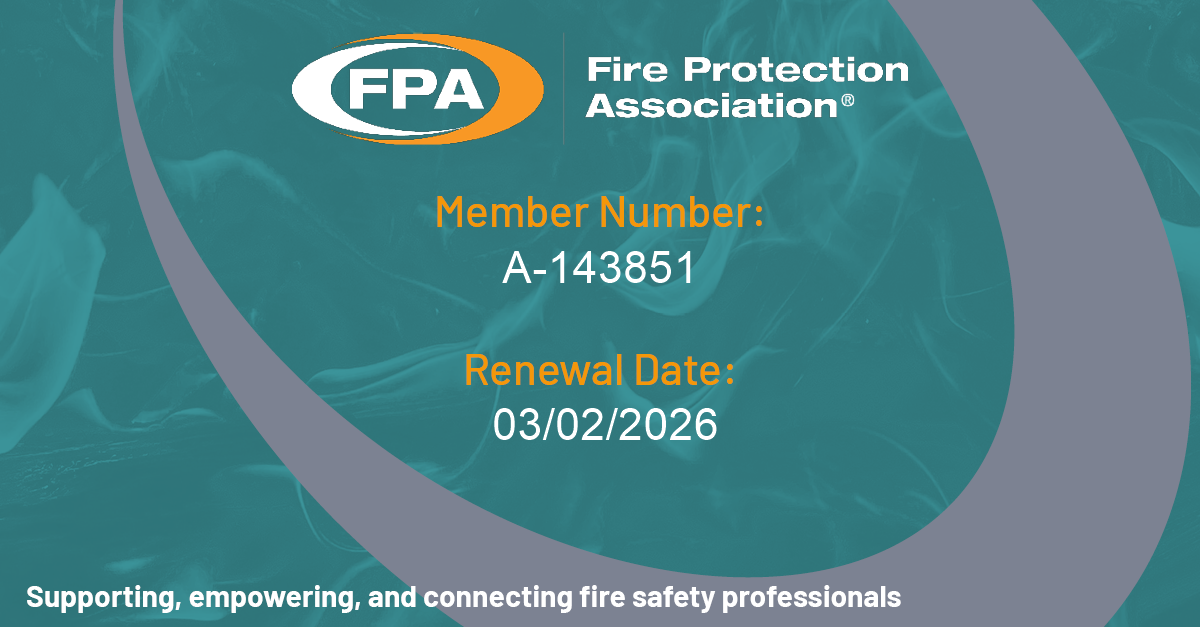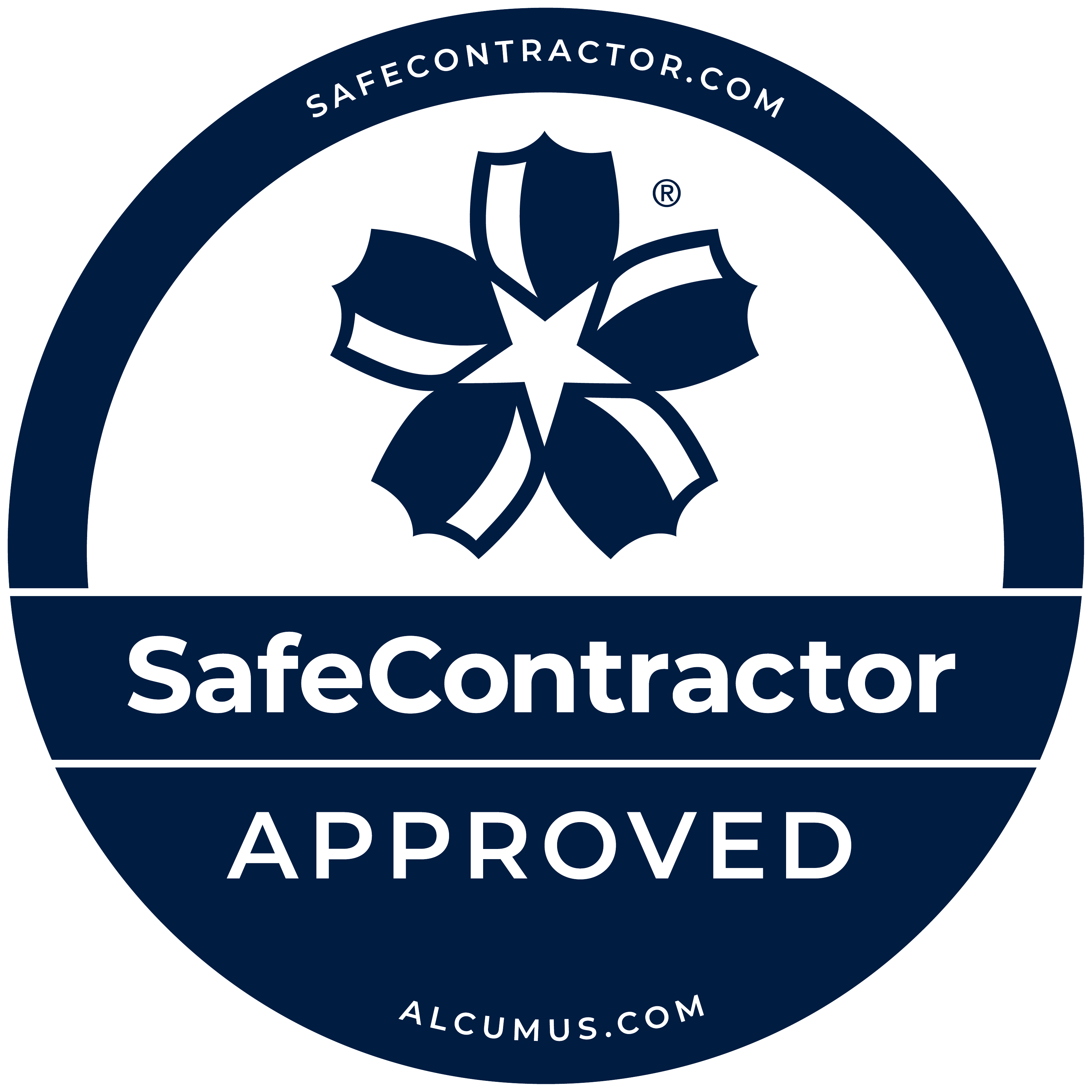Are your mandatory risk assessments just a catalogue of problems or are they solid foundations for ongoing good management and sound decision making? We think reporting quality should be high on your check list before choosing a service provider.
In a recent Request for Quote from a local authority, which led to us being awarded another water hygiene contract for risk assessment and associated remedial works, one of the key requirements was that reports should be delivered in “a clear and easy to read format”.
Hold on! Should they even have to ask for that? Shouldn’t it be a given? Apparently not: we have been shown reports that fall far short of that fundamental requirement. Yet surely clarity of reporting indicates the clarity of thinking that you should be looking for in a service provider?
Cost is inevitably an over-arching issue when choosing a provider, but longer-term cost savings over the life of a contract come from smart thinking and planning.
What does a good report look like?
The document you receive should give you a comprehensive record of compliance achievement and an unambiguous roadmap of what needs to be done. You should be given a clear overview of where you stand, and what you can and should be doing to manage, reduce and control risk.
Yes, you do need the detail and photographic record as well, but that will probably run to dozens of pages. You should not need to sieve through all this detail to discover the need for essential and urgent works and risk missing them. Signposting them is the contractors’ job.
Most of all, you need to have confidence in the report and the people preparing because it is you, as building owner or duty holder who is answerable to the law.
You need a concise management survey up front with recommendations (or an all clear) against each item. Among other things, that shows that someone has been through the data and reviewed it. It also helps you to join the dots when planning and prioritising work.
The report should put its findings and recommendations in the context of the legal framework you operate in and specify the scope of the work – exactly what infrastructure has been inspected and considered.
While water hygiene risk assessments have stricter control and prescribed content, there is no fixed format when it comes to air hygiene. Ask beforehand what you can expect, ideally seeing an anonymised example or a template report.
The survey report should tell you what inspections and tests have been carried out and, if third party services have been used for laboratory results, such as water quality, and contain a copy of their report/results.
Another consideration may be how easily the report information can be accessed online without losing the added value of the overview, whether that means importing it to your own system or having access to the contractor’s portal. A PDF report may no longer suffice. Does your supplier have a track record of online record sharing?
The most common reporting formats use tried and tested RED AMBER GREEN coding to indicate where items of equipment or current maintenance practices are falling short, and we look at what they mean below.
Who surveys?
A risk assessment survey is only ever a snapshot, and a report is only recommendations. The responsibility lies with the named duty holder, usually an employer or person in control of the building(s) owner or occupant – that’s the law.
The HSE summary of duty holders’ responsibilities with respect to water hygiene demonstrates the seriousness of the role of any duty holder under health and safety law. You need to be able to trust the competency of your chosen partner.
The depth of experience of individual surveyors counts for a lot – ask how long they’ve been in the industry and with the firm. The minimum technical qualifications for Legionella Risk Assessment would be City and Guilds BS4. For ventilation hygiene, you would expect Competent Person HVAC (HTM 03) and relevant British Occupational Health Society qualifications
You should also focus on the contractor company accreditations. For ventilation duct hygiene, the headline accreditation is Building Engineering Services Association membership, for water hygiene it is the Legionella Control Association . Both set a high bar for entry to membership, and both audit the competency of their members regularly,
How do they survey?
A survey is a hands-on process. Expect a degree of inconvenience – there will be ladders, possibly access equipment and hatches opened.
Your risk assessment partner should discuss with you how all this will fit in with your working practices and work around you in a way that both minimises disruption to working as usual and levels of efficiency that rationalise the costs of having a senior qualified surveyor on site.
You should have received, and accepted their risk assessment of the actual work being done during the survey and a method statement of how it will be approached. Any site access issues should also be addressed, such as any security clearances needed for surveyors to be on site. At Airmec we are used to working on high security sites where enhanced and even CTC clearance or higher is needed.
RED, AMBER, GREEN – what you MUST know!
We are probably all familiar with the RAG status report format – a visual tool used in project management to provide a quick overview of a project’s health and progress. In facilities management, and essential air, water and fire services it takes on a more critical role because well-being and even lives can be at risk.
The key word to look for in the action plan is the word MUST.
Remember that in practice you shouldn’t be left to discover for yourself MUSTs buried deep in a report. Anything that requires immediate action or shutdown should not just be buried in a report but be communicated by your risk assessment contractor personally and immediately, with your options explained.
Other Red issue actions can usually be planned so that practical timescales and solutions can be found, and work scheduled cost effectively and around your working day. Our work with Cardiff’s Live Nation Utilita Arena and the Gym Group are cases in point.
A living document
Finally, a reminder that a risk assessment report and its recommendations, no matter how comprehensive and easily read, is a living document to be referred to as any recommendations are implemented.
The suggested date for review should be given, reflecting the legal minimum or a nearer date, proportional to the level of risk identified. Risk should also be reviewed following changes to the system or its use, or changes in the use or occupancy of the building or key personnel.
As consultants and contractors, we can only advise and nudge and make your own decision making as easy as possible by delivering clear and concise information and, when asked, detailed quotes and proposals for remedial works.
Online access
Customers are increasingly looking for online access to up-to-date information, calendars of activity, and highlighting urgent actions. This is a welcome sign that risk assessments really are being treated as a live process, not just a box to be ticked.
One size rarely fits all, and Airmec offers secure customised portals based on industry-specific compliance software platforms, with the added assurance that all information will be saved and accessible for at least six years after any contact ends.











